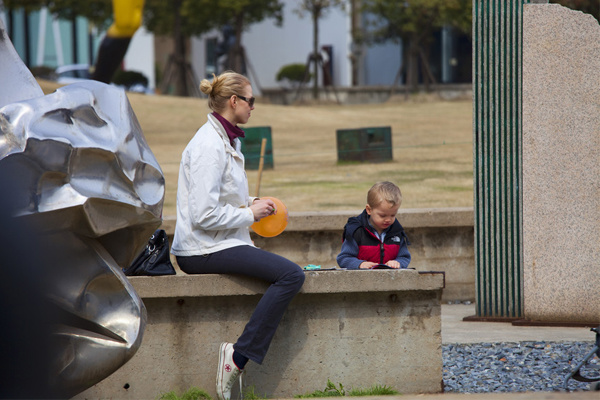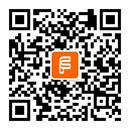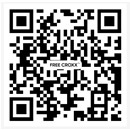13
2022
-
05
How to choose a tent?
The first step to go camping should be to choose a tent. Considering the needs of family travel, the focus of family tents will be different from that of outdoor tents. Unlike campers in the wild, most families drive directly to the campsite, so they will not have too high requirements on the weight and volume of the tent itself. Today, I'll talk about some reference elements for choosing tents.
In terms of appearance, a tent suitable for families should be convenient for adults to stand up in the tent. In this way, even if camping encounters bad weather, you can play in the tent. The more common shapes of family tents include: traditional conical tents, tunnel tents and multilateral tents. What we saw most in the camp was tunnel tents.
The following information about tents is often seen when selecting tents:
Tent capacity: for tents with only one room, the capacity here refers to the number of people who can sleep in the tent without placing anything. When we take our children on a trip, we will certainly bring a lot of clothes, toys and so on. Considering these factors, when purchasing family tents, choose tents that can accommodate more people than the existing families according to the size of the family. For a family of three people, it is recommended to have a tunnel tent with at least four people. For a family of four, it is recommended to have a tunnel tent for at least five people, or a single room tent for 6-8 people.
Poles: commonly used family tents include steel structure, glass fiber structure and inflatable column structure. The steel structure is more stable but heavier. Glass fiber structure is generally lighter and has better toughness. Most of the smaller tunnel tents are made of glass fiber. The inflatable tent is more expensive, but it is more convenient to install.
Ground sheet: there are separate ground sheets and some integrated with tents. When choosing tents, it is recommended to fully integrate with tents. On the one hand, it can better prevent moisture and rain, and on the other hand, it can prevent insects from climbing into the tent from the gap between the ground moisture-proof cloth and the tent.
Fabric of tent: common tents are mainly made of polyester fiber. On the one hand, it is cheap and waterproof than cotton. Nylon nylon is generally used in outdoor professional tents because of its lighter weight. Some will also add waterproof and sunscreen coatings on the fabric.
Waterproof index (hydrostatic head or water column): the waterproof index is for tent materials, which means that water leakage will occur after putting high water column on the materials. The larger the index, the better the waterproof property of the material. Of course, the waterproof property of tents is not the same as that of materials. Also pay attention to the position of seams and zippers at the tent sewing interface, and whether they are covered to ensure the integrity of the sealing.
Maintenance method,Tent






 RED
RED